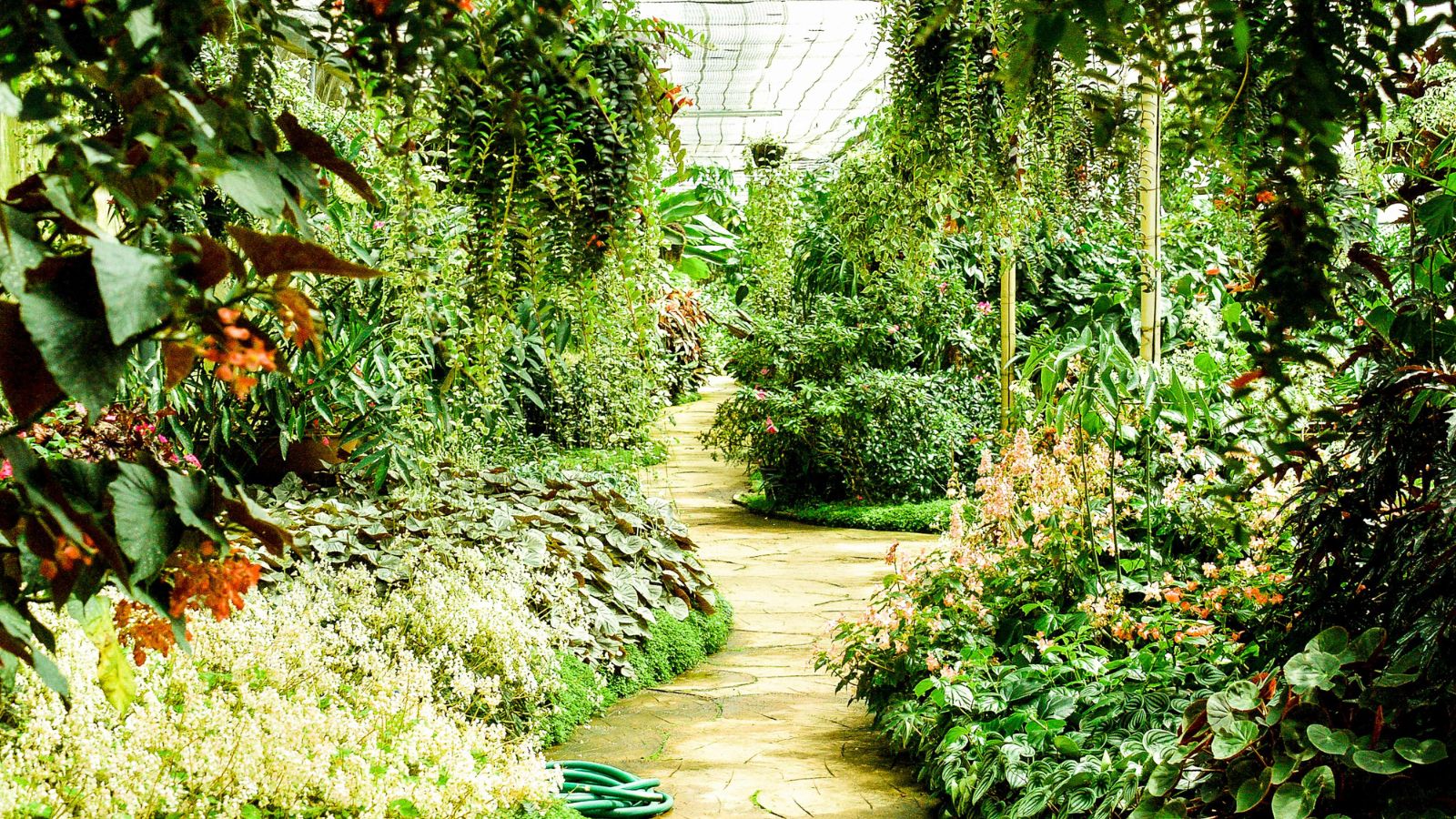What Are the Best Plants for Your Forest Garden?
•Posted on January 22 2024

Taking a walk in a forest can make you wish you lived in a cabin up in the woods. But what if we told you that you can bring the woods to your backyard?
Start your very own forest garden today and wake up to the sound of chirping birds and wind cutting through leaves.
But what is a forest garden, and what are the best trees for a forest garden?
Recommended for You:

What is Forest Gardening?

Forest gardening is a gardening technique that utilizes the natural mechanisms of a forest within a garden.
This technique involves growing trees alongside regular garden crops to capitalize on an already existing ecosystem and biodiversity.
A forest garden is different than an edible food forest because a food forest focuses on growing plants you can eat, while a forest garden seeks only to mimic the look and feel of a forest.
Though, if you'd like to learn about creating a food forest in your backyard instead, you can learn more about that in this article.
Related Post: How to Make a Mini Farm in Your Backyard
What Are the Best Plants for a Forest Garden?
When starting a forest garden, you need to carefully choose the right trees and plants to incorporate to maintain balance within the existing eco-system.
Here are a few options you may find most suitable for your forest garden:
• The Canopy Tree

Large trees like the walnut, chestnut or caragana trees would make a great addition to your forest garden.
Other great options include lime, ash, cherry, quince, ginko, beech and acorn trees.
Trees like the chestnut tree are multifunctional fruit and nut trees, and they also provide shade while leaving room for light to reach the lower levels.
Recommended for You:

• The Shrubs

The shrubs in your forest garden can include flowering, fruiting and wildlife-attracting plants like the blueberry, rose, hazelnut, butterfly bush, bamboo and serviceberry trees.
Planting the Elaeagnus species is a great choice because of its nitrogen-fixing properties.
• Perennials

Perennial plants make up the herbaceous part of your forest garden. These plants will re-sprout each spring.
Related Post: How to Start Living Self Sufficiently
• Roots and Stems

These plants have edible parts growing beneath the soil surface.
The soil around these plants should be free of other roots so you do not disturb them when digging up your edibles.
Some excellent plants for this category include sunroot (Jerusalem artichoke) and licorice.
• Climbers

Your forest garden would not be complete without climbing plants to give that tropical feel.
Plants like grapes, sweet pea, and wisteria can occupy both the lower and upper parts of your forest garden.
Make sure your climber has strong plants to grow on, or they will resort to crawling along the ground.
You can also add your own edible plants like fruit and vegetables where you see fit, if you feel that is best for your garden.
Recommended for You:

How Much Regular Maintenance Does a Forest Garden Need?

Forest gardens are low maintenance once fully established.
This is when compared to the regular vegetable gardens.
This is because the diverse ecosystem becomes self-regulating, reducing the need for pesticides and other forms of interventions commonly needed in regular gardening.
Related Post: How to Start a Container Garden as a Beginner
You may only need to take one or two days a month in your forest garden to tweak a few things.
Every once in a while, you may need to introduce high-quality Bone Meal fertilizer or Fish Bone fertilizer to ensure your soil remains full of nutrients.
Recommended for You:

What Are the Biggest Challenges of Planting a Forest Garden?

The most challenging part of planting a forest garden is finding enough space to work with.
Once you've started your forest garden, you'll love it so much you will naturally want more space to plant more trees.
Another challenge you may face is keeping your soil nutrient-rich enough to support all your plants.
One way to combat this is by starting your forest garden off with a good dose of Monopotassium Phosphate fertilizer or Crustacean Meal fertilizer.
With these nutrients firmly embedded in the soil, your plants will have an easy time growing through all seasons.
Recommended for You:

Your Forest Garden Partner
Finding the perfect plant foods to start your forest garden does not have to be a daunting task.
Check out our fertilizer collection to see which fertilizers work best in your particular forest garden based on the plants you want to grow.
Comments
0 Comments
Leave a Comment